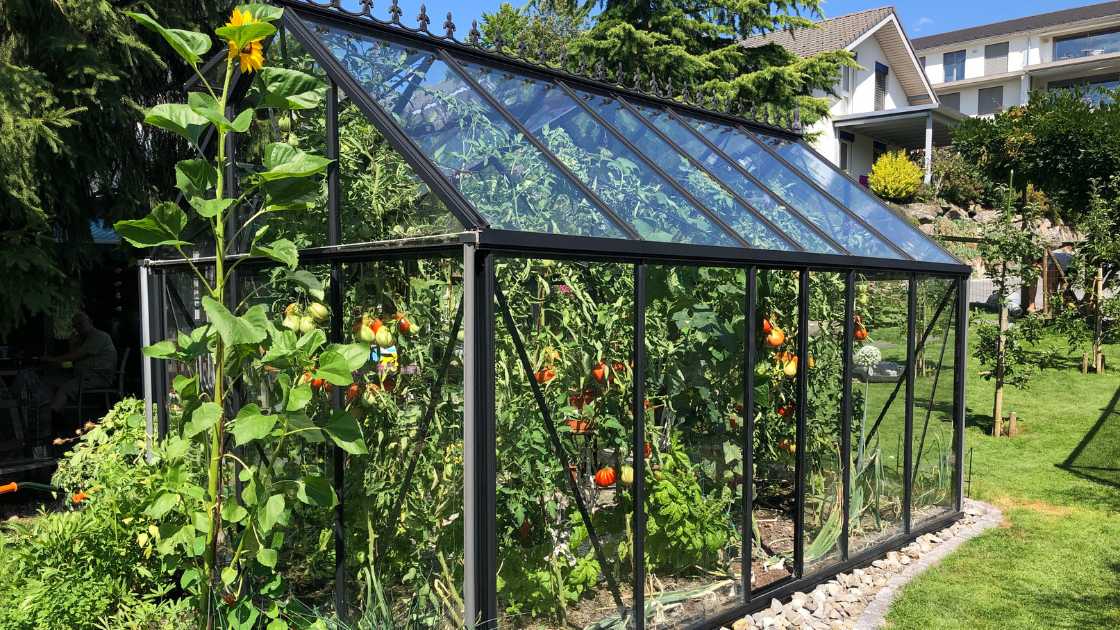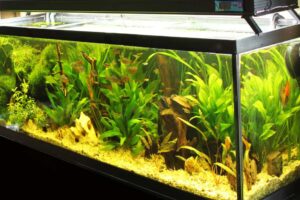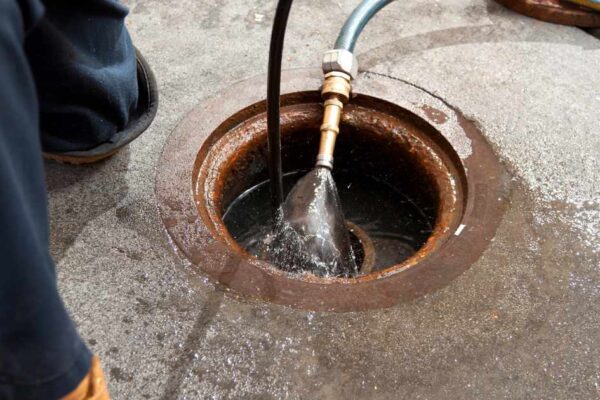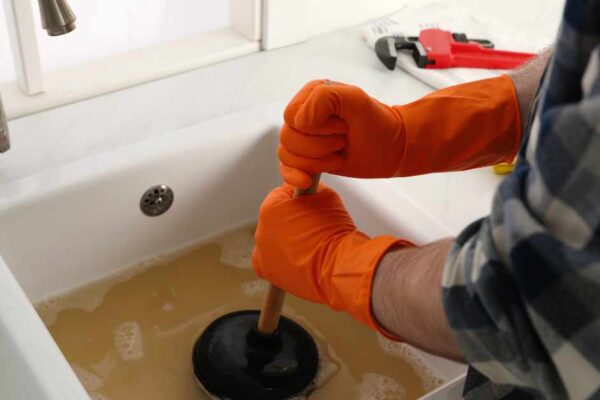If you’re a greenhouse owner, you know that maintaining the proper temperature inside your greenhouse can be a challenge. The temperature needs to be warm enough to promote plant growth but not too warm that it damages the plants. In this ultimate guide, we’ll explore various tips and techniques that will help you heat your greenhouse effectively.
Understand Your Greenhouse
Before you can choose the best heating method for your greenhouse, you need to understand the characteristics of your greenhouse. Consider the size of the greenhouse, the type of plants you’re growing, and the outside temperature in your region.
Different Heating Methods
- Electric Heating: Electric heaters are a common option for heating greenhouses. They are easy to use, and you can control the temperature easily. You can also install a thermostat to regulate the temperature.
- Gas Heating: Gas heaters are another option. They are more powerful than electric heaters, making them suitable for larger greenhouses. They are also less expensive to run than electric heaters.
- Radiant Heating: Radiant heating systems work by heating objects in the greenhouse, such as walls, floors, and plants, rather than the air. This type of heating system is more energy-efficient and can save you money on your energy bills.
- Solar Heating: Solar heaters are environmentally friendly and cost-effective. They use solar panels to convert sunlight into heat, which is then circulated throughout the greenhouse.
- Biomass Heating: Biomass heating systems burn organic materials such as wood pellets, logs, and agricultural waste to generate heat. This option is also environmentally friendly and cost-effective.
Tips for Efficient Heating
- Insulate Your Greenhouse: Insulating your greenhouse can help retain heat and reduce the amount of energy required to heat it.
- Use a Thermometer: A thermometer will help you monitor the temperature inside your greenhouse and adjust your heating system accordingly.
- Use a Fan: A fan can help circulate warm air throughout the greenhouse, reducing the risk of hot and cold spots.
- Consider a Heat Retention Curtain: A heat retention curtain can help trap heat inside the greenhouse, reducing the amount of energy required to heat it.
- Choose Energy-Efficient Heating Equipment: Look for heating equipment that is energy-efficient and has a high energy rating.
FAQ
What is the most efficient way to heat a greenhouse?
The most efficient way to heat a greenhouse depends on several factors, including the size of the greenhouse, the local climate, and the type of plants being grown. Some efficient heating options include using a wood stove or pellet stove, geothermal heating, or a high-efficiency natural gas or propane heater.
What are the methods of heating greenhouse?
There are several methods of heating a greenhouse, including:
- Electric heaters: These heaters use electricity to generate heat and are relatively easy to install and use.
- Gas heaters: These heaters use propane or natural gas to generate heat and can be more cost-effective than electric heaters.
- Wood stoves: Wood stoves can be an efficient and sustainable option for heating a greenhouse.
- Solar heaters: These heaters use solar energy to generate heat and can be an environmentally friendly option for heating a greenhouse.
- Geothermal heating: This method uses the natural heat of the earth to heat the greenhouse.
How can I heat my greenhouse cheaply?
Heating a greenhouse can be expensive, but there are several ways to reduce costs, including:
- Insulating the greenhouse: Adding insulation to the walls, roof, and floor of the greenhouse can help retain heat and reduce heating costs.
- Using a thermal mass: A thermal mass, such as a water tank or concrete floor, can absorb heat during the day and release it at night, reducing the need for heating.
- Using passive solar heating: Passive solar heating uses the sun’s energy to heat the greenhouse without the need for additional heating systems.
- Using a wood stove: A wood stove can be a relatively inexpensive and sustainable option for heating a greenhouse.
Do greenhouses need to be heated?
Greenhouses do not necessarily need to be heated, but in colder climates, heating may be necessary to maintain a consistent temperature and protect plants from frost damage. In warmer climates, shading and ventilation may be more important to prevent overheating.
Conclusion
Proper heating is essential for a successful greenhouse. By understanding the characteristics of your greenhouse and choosing the right heating method, you can create a warm and healthy environment for your plants. With these tips and techniques, you can heat your greenhouse efficiently and effectively, no matter what the outside temperature may be.







